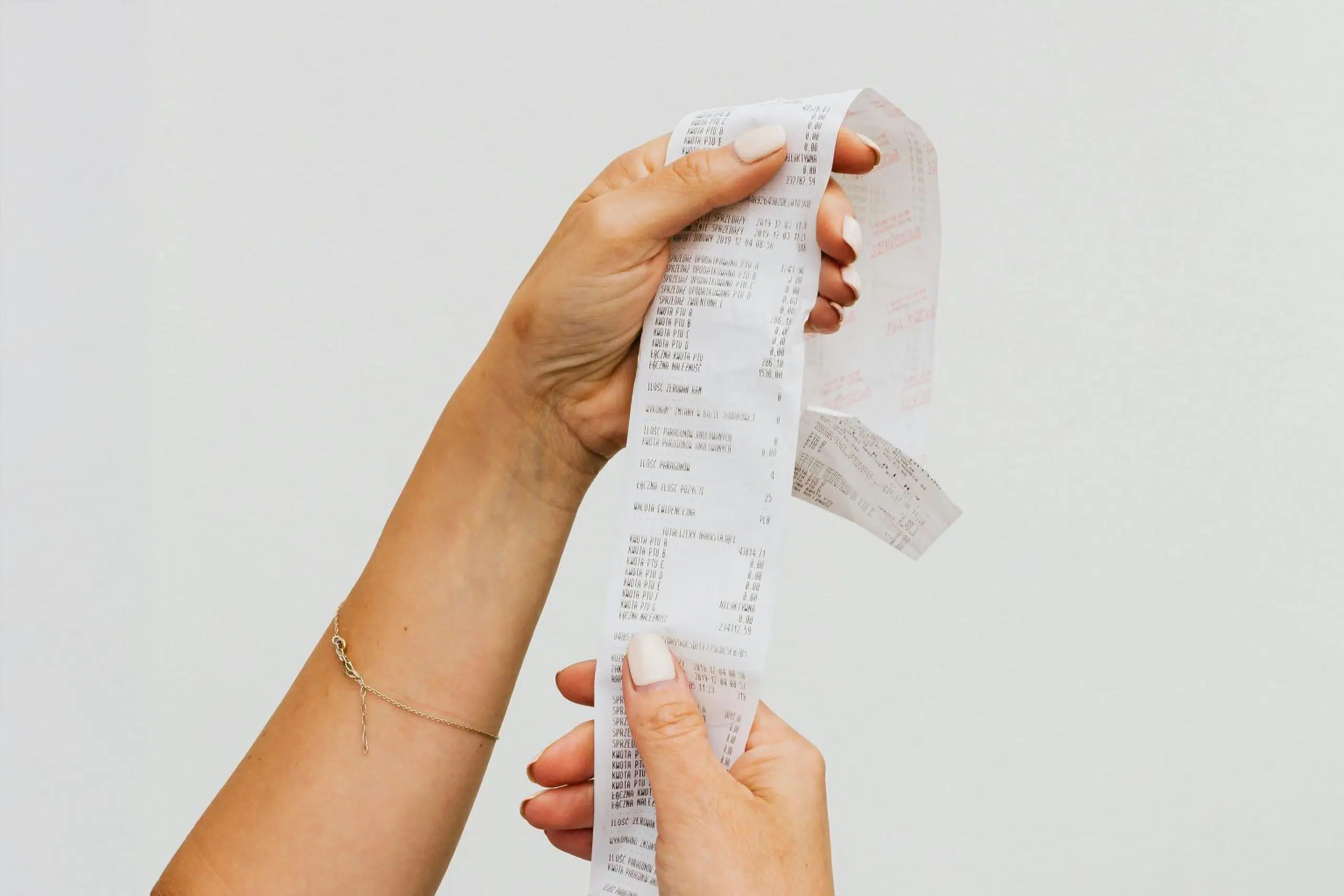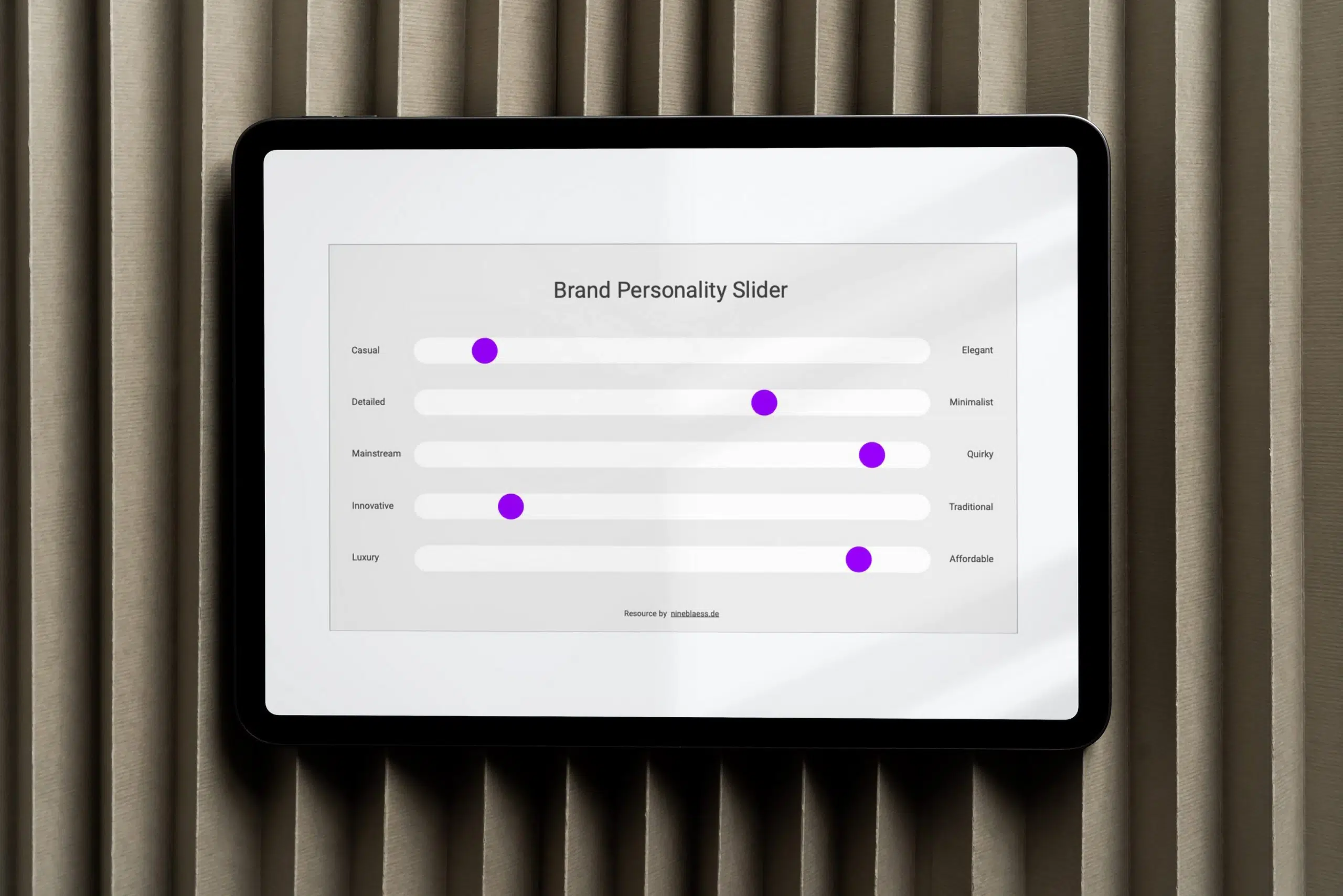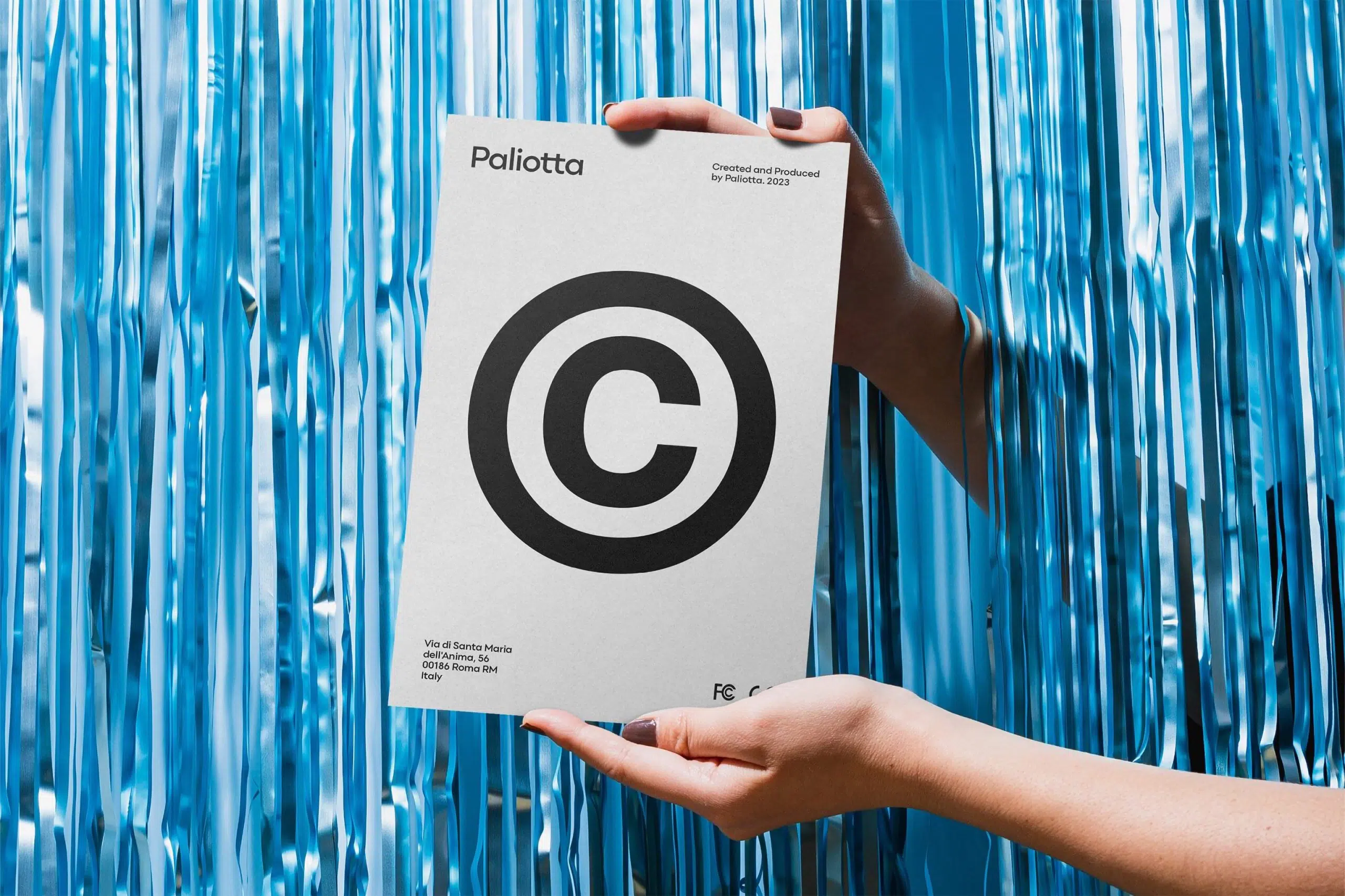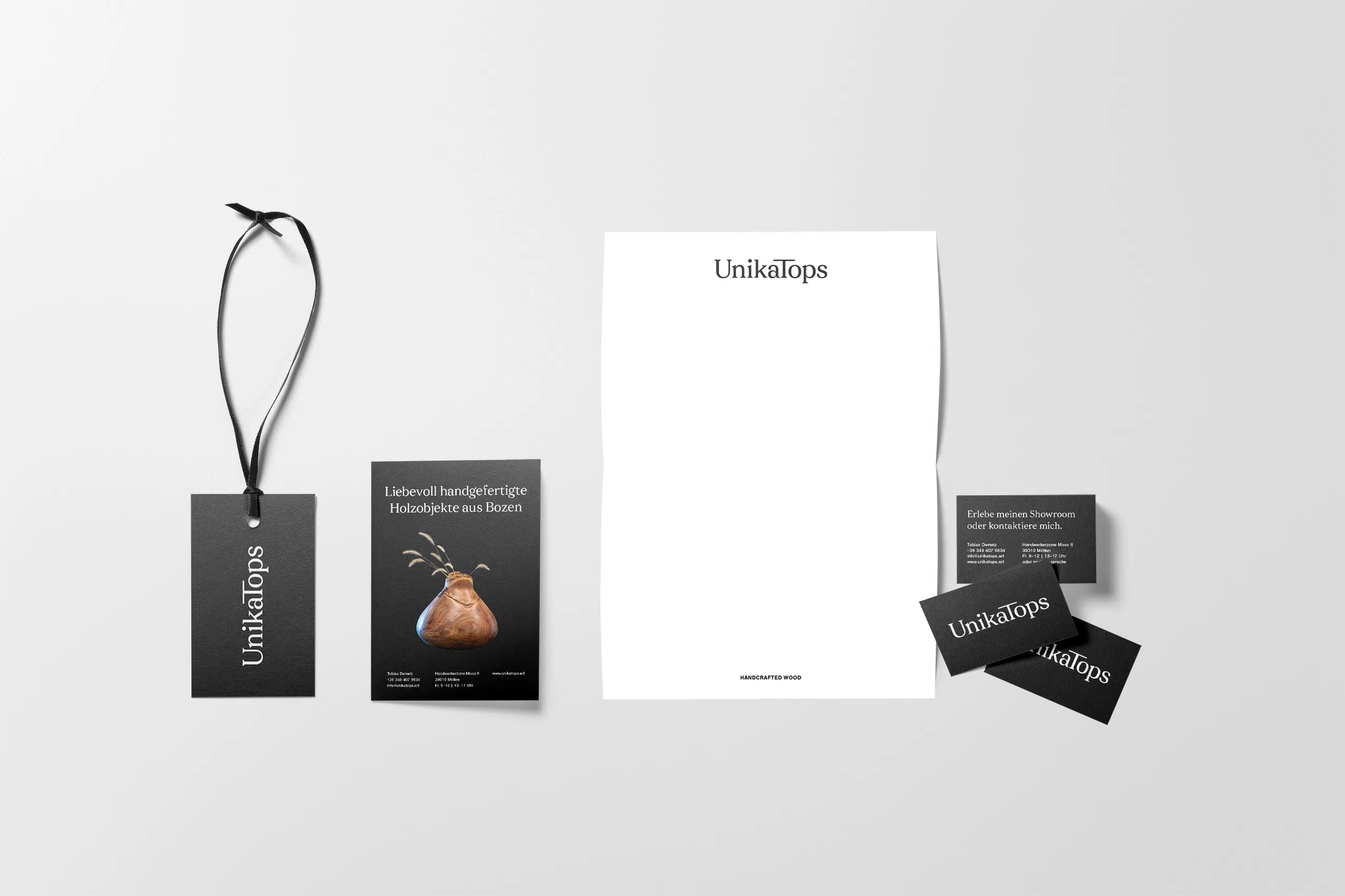One effective way to do this is to build brand awareness organically. This means reaching and engaging with your audience without relying on paid advertising, which can be more sustainable and budget-friendly.
In this article, I’ll introduce you to 20 proven strategies and examples of building brand awareness organically, each with a practical example.
I’ve broken these strategies down into two categories:
- Brand building strategies: These focus on creating a unique and consistent brand identity that resonates emotionally with your audience, sparks interest, and communicates a clear message.
- Reach-building strategies: These strategies aim to expand your brand’s visibility, ensuring more people are exposed to and connect with the brand.
But before we get started, let’s define brand awareness and explain why building it is so important.
What is brand awareness?
Brand awareness refers to how easily your audience can identify your brand and how familiar they feel with it. It’s not just about recognising your logo or brand colours; it’s also about associating your brand with its products, services, or values.
In simple terms, building brand awareness ensures your brand is at the top of people’s minds when they need what you offer. This concept is sometimes referred to as “mental availability.”
The six stages of brand awareness
To explain the importance of building brand awareness, let’s break it down into six stages—from low to high awareness.
While some suggest there are four stages of brand awareness—Recognition, Recall, Top of Mind, and Preference—I aligned them with the six steps of the customer journey to get a more granular picture.
So, here we go:
1. Recognition: Becoming noticeable
People recognise your brand by its visual and verbal cues, such as the brand name, logo, colours or tone of voice. For example, IKEA’s blue and yellow colours and Swedish tone make it instantly recognisable.
Further reading
You’ll probably like my article What makes a brand recognisable?, which draws insights from three research sources exploring brand recognition and distinctiveness.
2. Recall: Being considered a valid option
Your brand is considered when people think of buying from your category. For instance, people might think of Canon for cameras or Skechers for shoes.
3. Association: Taking on meaning
At this stage, people associate your brand with positive experiences, certain qualities, values, or emotions.
For example, Arc’teryx is often associated with high-quality outdoor equipment and durability.
4. Familiarity: Feeling like a reliable choice
Your brand feels familiar and likeable. People are more likely to choose it because they know and trust it. Coca-Cola is a classic example of a brand many people prefer due to familiarity.
5. Preference: Choosing over competitors
At this stage, people prefer your brand over competitors because it aligns best with their needs or values.
For example, when I need new shoes, I first look at Allbirds because they offer the most comfortable option while being eco-friendly and trendy.
6. Referral: Spreading the word
Satisfied customers become brand ambassadors, spreading the word and naturally increasing your brand’s reach—just like I’ve done with Allbirds.
Does building brand awareness organically still work?
While it has become more challenging as markets, social media platforms, and search engines become increasingly saturated, to build brand awareness organically can lead to better long-term results.
Unlike paid ads, which offer quick visibility, organic methods like content marketing and community building foster genuine and long-term relationships with your audience.
Statistics support this: About 65% of consumers find a positive experience with a brand to be more influential than impressive advertising.
Organic growth may take time, creativity, and consistent effort, but it often makes your brand appear more trustworthy and credible.
Step 1: Establish your brand
The first set of strategies we’ll talk about focuses on brand-building. These are foundational because they help create a recognisable, reliable, and engaging brand experience.
Building and solidifying your brand’s identity ensures a consistent and positive impression. This builds trust and recognition among your audience.
1. Build your brand on a strategic foundation
To create a consistent brand experience, start by defining your brand’s values, mission, target audience, and positioning. This foundation will guide all your subsequent decisions and actions as a brand.
With a clear brand strategy in place, you ensure that everything you do aligns with your brand and resonates with your target audience.
After all, even the best advertising strategies can fail if they don’t align with the brand.
Example: Nike
Take Nike, for example. The brand’s main theme is to inspire and motivate all athletes. They believe, “If you have a body, you’re an athlete.” This core idea shapes everything Nike does—from product design to marketing.
This message came through clearly in their “Find Your Greatness” campaign during the 2012 Olympics. Instead of focusing on elite athletes, Nike highlighted everyday people striving for personal goals.
Do you remember this ad? It really resonated with many.
2. Use clear brand messaging
Your brand messaging is important because it articulates your value proposition and what sets you apart. In today’s market, over 70% of consumers expect brands to understand and address their needs effectively.
To build a strong brand presence, your messaging should be clear, consistent, and tailored to your audience. It needs to convey your brand’s values and unique selling points while directly addressing people’s needs, challenges, and desires.
Don’t be afraid to repeat the same messages over and over. Repetition helps them stick in people’s minds.
Example: Patagonia
Patagonia does this well. The brand’s messaging always revolves around its environmental responsibility and ethical practices.
Patagonia consistently communicates its commitment to sustainability over profit through campaigns like “Don’t Buy This Jacket.”
This activism resonates deeply with Patagonia’s audience.
3. Apply your brand personality and identity consistently
Let me ask you this: How can people identify and remember your brand if it looks and feels different every time they see it?
60% of millennials expect a consistent brand experienceacross all platforms. For younger consumers, this number might be even higher.
That’s why maintaining a uniform look and feel is crucial. This means keeping visual and verbal elements constant—like your logo, colour palette, fonts, and brand voice.
When these elements stay the same, your brand becomes easily recognisable, no matter where people encounter it. This creates a unified brand experience that people can trust and connect with.
Example: IKEA
There are plenty of examples, but let’s focus on IKEA. The brand consistently communicates its friendly, quirky, and distinctly Swedish personality.
Its iconic blue and yellow logo, inspired by the Swedish flag, and the use of IKEA Sans typeface make it instantly recognisable. The warm, inviting images and cheerful tone reinforce IKEA’s unique charm.
Even details like using a Swedish accent in its ads and Swedish names for products contribute to a consistent and authentic brand identity.
4. Launch one offer first
Starting with just one product or service helps keep things simple. By focusing on a single offer, you can direct all your resources and messaging towards explaining what makes your brand so unique and valuable.
This approach ensures that your audience fully understands and connects with your brand before you introduce additional products or services.
Example: Everlane
When Everlane first launched, it focused on just one type of T-shirt. This allowed the brand to educate consumers about its fair pricing model and transparent production process.
By concentrating on this single offer, Everlane built trust and a loyal customer base before expanding its product range.
5. Reassure people with social proof
Customer testimonials are a great way to build credibility and communicate your brand’s value. When happy customers share their positive experiences, it helps convince others to trust your brand, too.
Social proof also tackles any doubts and objections potential buyers might have by showing real proof of your brand’s quality.
Example: Uber
Uber effectively uses social proof to address safety concerns about riding with strangers. The app displays real-time data and driver testimonials, reassuring users that they are in good hands and can expect a safe ride.
6. Tell your brand’s story
Brand storytelling helps people connect with your brand on a personal level. Sharing your brand’s journey, setbacks, mission, and values makes it more relatable and human.
You can use storytelling in many ways—from telling your origin story on your About page to showing behind-the-scenes videos on Instagram.
Example: Marmite
Marmite really nails its storytelling. The brand proudly communicates that it’s not for everyone with its “Love it or Hate it” campaigns. By highlighting this, Marmite makes itself memorable and adds a touch of humour to its story.
7. Create personalised experiences
Research shows that 75% of consumers value personalisationto enhance their experiences, whether in-store or online.
Tailoring your products and content to individual preferences makes them feel seen and makes their interaction with your brand smoother.
Quizzes are a great way to personalise experiences. They help users find exactly what they want while providing you with valuable insights into their needs.
Example: Prose
Prose is a good example. The company offers personalised hair and skin care products. Instead of spending endless time browsing through lists of products, customers can fill out a questionnaire to get the perfect match for their needs.
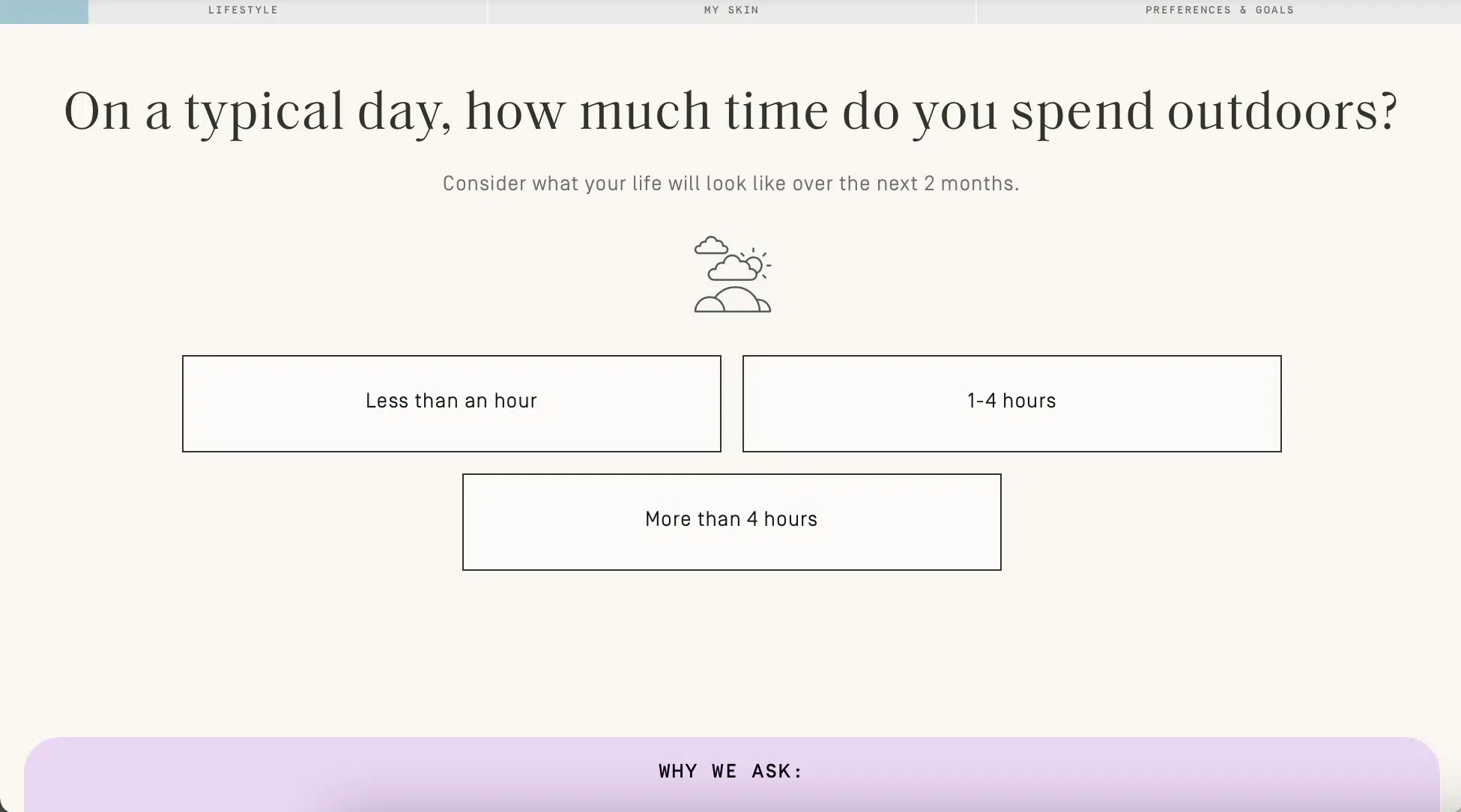
8. Implement gamification
You can also add game-like elements to your brand experience. This can make engaging with the brand fun and satisfying.
By incorporating rankings, challenges, or rewards, you can inspire your audience to engage actively with your brand. This approach might also help cultivate an engaged community around your brand.
Example: Duolingo
Duolingo uses gamification to motivate people to learn languages. The app includes rewards and levels that users can unlock as they progress.
These features make learning fun and motivate users to upgrade to the full version to progress further.
Step 2: Generate reach
Once you’ve laid the foundation, you can start to draw people in. This is where reach-related strategies come into play.
While traditional methods like:
- Blogging
- SEO
- Podcasting
- Social media
- Email marketing
- Networking
are all relevant (well, more or less with AI approaching fast), they’re also widely discussed. That’s why I want to focus on some more unconventional methods in this article.
When selecting the best strategies for your brand, go for the ones that fit your brand strategy—that means they reflect your brand’s values, reach your audience, and differ from your competitors.
9. Collaborate with micro-influencers
Micro-influencers have smaller but highly invested audiences. Partnering with these less-known influencers is not only cheaper, but it can also give your brand a personal touch and build more authentic connections.
Example: Daniel Wellington
The Swedish watch company Daniel Wellington has worked with micro-influencers right from the start.
Instead of investing in traditional advertising, DW offered free watches in exchange for posts. That way, the brand could create buzz, establish an authentic brand, and scale up to a $200 million business.
10. Host a challenge
You can also create a fun and interactive challenge related to your brand to boost visibility. Encourage people to share their entries with a branded hashtag or a link. Challenges are excellent for driving interaction and generating excitement around your brand.
Example: Coca Cola
You might remember the Share a Coke campaign, where Coca-Cola replaced its iconic logo on its bottles with common first names.
People were encouraged to find a bottle with their name and share a photo on social media or with friends.
According to Ogilvy, the advertising agency in charge of the campaign, this was highly effective. It increased Coca-Cola’s category share by 4% and boosted consumption among young adults by 7%.
11. Create shareable infographics
Did you know that visual content is 40 times more likely to be shared? This makes creating branded infographics a great strategy.
Break down complex information into a visually appealing, easy-to-digest format. This will make your content more shareable and get your brand noticed.
Example: Bloggers on Pinterest
Many bloggers post branded infographics on Pinterest to promote their content.
The platform’s easy sharing and reposting features help drive traffic to their websites. When a post goes viral, it can reach millions of people, even years later.
12. Initiate brand collaborations
By collaborating with a brand that shares similar values or targets the same audience or region, you can create joint campaigns or products that resonate with both audiences and offer mutual benefits.
It doesn’t necessarily need to be with larger companies; it could be with personal brands, local not-for-profits, or even artists.
Example: Spotify x Uber
Spotify and Uber partnered to let passengers play their favourite Spotify playlists during Uber rides. This collaboration is mutually beneficial since it creates a more seamless user experience.
I also wrote this article featuring many more co-branding examples.
13. Support local events and initiatives
Engaging with your community helps position your brand as a responsible and caring local player.
You could sponsor events, donate products, or volunteer your time to connect with your audience personally and demonstrate your brand values in action.
Example: Little Yellow Bird
Let’s take a look at Little Yellow Bird, a Wellington-based ethical clothing brand from New Zealand.
The company is deeply committed to ethical and sustainable practices. For instance, it provided clothing and support to victims of the Hawke’s Bay flood in 2023. This not only reinforced its brand values but also strengthened its bond with fellow New Zealanders.
14. Host a Contest or Giveaway
Contests and giveaways are another great way to expand your reach. They can build excitement and get people talking about your brand.
Example: Tag a Friend to Enter
You might have seen small businesses on Instagram asking their followers to tag a friend to enter a raffle.
This simple tactic is actually quite genius. It helps the brand reach more of the kind of people who already like and engage with it.
15. Run a Social Media Takeover
A social media takeover is another idea. It involves letting someone else, such as an influencer or an employee, take over your social media account for a set period.
Doing so can inject fresh content into your feed, reach new audiences, and create general excitement around your brand.
Example: Adidas
During the launch of a new collection, David Beckham took over Adidas’ Twitter account. He shared behind-the-scenes content that showed his connection to the brand.
This created a lot of excitement among his followers and boosted Adidas’ exposure and reputation.
16. Try gorilla marketing
Guerrilla marketing—such as flash mobs, pop-up installations, or interactive street art—is a creative way to make your brand memorable and generate reach.
These tactics are most effective in public spaces where they can surprise a large audience and encourage social media shares and discussions.
Example: SNCF
I really like the example of SNCF, a French railway company. SNCF placed doors in public places around Paris. When opened, these doors connected people via live video to local street performers in other European cities.
The campaign was a success, with over 500,000 YouTube views.
17. Turn employees into brand advocates
Another way to build brand awareness organically is by turning your employees into brand advocates. Employer branding can help with that.
When your team truly believes in the brand, their excitement naturally spreads through their networks. Thus, they extend your brand’s reach and boost its reputation.
Example: Dell
Dell encourages its employees to share content about the company on social media.
By allowing its employees to share their unique perspectives and expertise, Dell creates a more dynamic and authentic representation of its brand—and reaches more people.
18. Create an exclusive club
You could also offer exclusive perks—like discounts or limited-time offers—to people who join your “club” or community.
This can include limited-edition drops, members-only sales, or VIP access to new products via your newsletter. By doing so, you generate buzz and foster an engaged, loyal community.
Example: Glossier
Glossier is an example. The brand offers early access to new product drops, special discounts, and members-only events through its rewards program and newsletter subscribers.
19. Offer limited-time products
Scarcity can be a motivating tool, too. When customers feel like they might miss out on something, they’re more likely to act quickly.
You can leverage this by offering limited-time deals or releasing exclusive products in limited quantities.
Example: Supreme
The streetwear brand Supreme is an excellent example of this. Every time they release a limited-edition collection, it creates a lot of excitement and urgency, leading to quick sell-outs and plenty of shares on social media.
20. Create referral and affiliate programs
Incorporating referral and affiliate programs into your strategy can also help you grow brand awareness organically.
Referral programs encourage existing customers to bring in new ones by offering rewards.
In contrast, affiliate programs involve partnering with influencers or other businesses to promote your brand and earn commissions for the sales they generate.
Example: Mockup Cloud
Take Mockup Cloud as an example. The platform provides a selection of high-quality mockups for designers. By participating in its affiliate program, designers and creators like me can recommend Mockup Cloud’s services to our audiences and earn a commission each time someone buys.
Summary
Growing your brand’s awareness organically helps establish a deep and lasting connection with your audience. Unlike paid ads, organic growth offers long-term value.
Achieving this growth requires a combination of strategic branding and effective outreach. It’s not only about attracting people to your brand, but also about getting them to stick around, engage and buy.
In this article, we looked at 20 examples of building brand awareness to achieve both of these goals. Here’s a summary of the 20 strategies we looked at:
Brand-Related Strategies:
- Build Your Brand on a Strategic Foundation
- Use Clear Brand Messaging
- Apply Your Brand Personality and Identity Consistently
- Launch One Offer First
- Reassure People With Social Proof
- Tell Your Brand’s Story
- Create Personalised Experiences
- Implement Gamification
Reach-Related Strategies:
- Collaborate with Micro-Influencers
- Host a Challenge
- Create Shareable Infographics
- Initiate Brand Collaborations
- Support Local Events and Initiatives
- Host a Contest or Giveaway
- Run a Social Media Takeover
- Try Guerrilla Marketing
- Turn Employees into Brand Advocates
- Create an Exclusive Club
- Offer Limited-Time Products
- Create Referral and Affiliate Programs
I would love to help you define your brand and ensure it resonates with your audience. Get in touch.
Title image by cottonbro studio







